Earthquake Pioneer Dual-Direction Rear Tine Tiller Review
- February 23, 2024
- 0 comment
The Earthquake 37037 Pioneer Dual-Direction Rear Tine Tiller is a versatile and powerful machine that can be used for a variety of gardening tasks, from breaking up sod and tilling tough soil to weeding and creating seedbeds. It features a 99cc 4-cycle Viper engine that delivers plenty of power for the job, and its dual-direction tines allow you to switch between two different tilling modes
Specifications
- Type: 99cc 4-cycle Viper
- Power: 3.69 ft-lb torque @ 3600 RPM
- Fuel: 87+ octane unleaded gasoline
- Fuel Capacity: 0.53 gallons
Key Features of the Earthquake Pioneer Dual-Direction Rear Tine Tiller
Airless Wheels
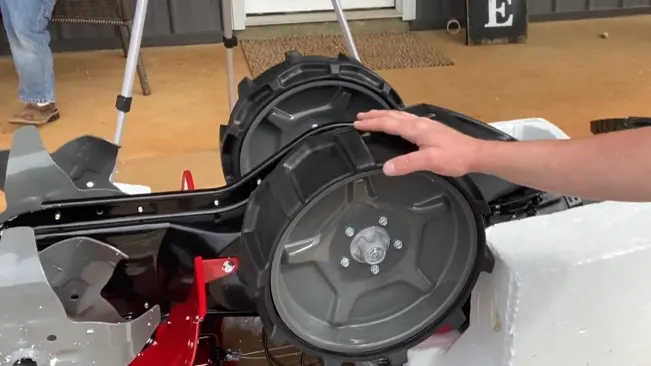
The airless wheels of the Earthquake 37037 Pioneer are a standout innovation in garden equipment. Unlike traditional pneumatic tires that require regular inflation and are prone to punctures, these solid steel wheels with a durable rubber tread are maintenance-free. This design ensures that the tiller is always ready for action, without the need for pre-use checks or unexpected interruptions due to flat tires. The robustness of the airless wheels also means they can navigate through rough, uneven terrain with ease, providing stability and reliability in various garden settings. This feature is particularly beneficial for gardeners who value time and efficiency, as it eliminates the common hassle associated with tire maintenance.
Dual-Direction Tines

The dual-direction tines feature offers unparalleled versatility in garden tilling tasks. With the ability to switch between Counter-Rotating Tines (CRT) and Standard-Rotating Tines (SRT) modes, gardeners can adapt the tiller to suit the specific needs of their soil and gardening project. The CRT mode is ideal for breaking new ground or tackling compacted, tough soil, as it provides more aggressive digging and churning action. On the other hand, the SRT mode is perfect for lighter, finer tilling tasks such as preparing seedbeds or incorporating amendments into the soil. This adaptability not only makes the Earthquake 37037 Pioneer suitable for a wide range of gardening tasks but also enhances the efficiency and effectiveness of soil preparation, leading to healthier gardens and better crop yields.
Construction and Durability
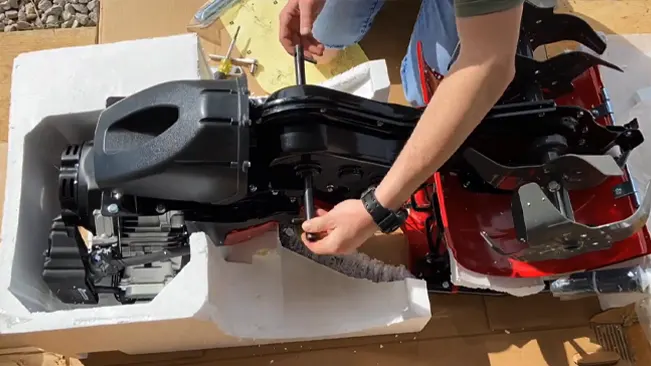
The Earthquake 37037 Pioneer is built with a focus on durability and long-lasting performance. Constructed from high-quality materials, this tiller is designed to withstand the rigors of regular and intensive gardening tasks. The sturdy frame, reliable engine, and robust tines are all testament to the tiller’s build quality, ensuring that it can handle various soil types and conditions without faltering. This durability is crucial for gardeners who rely on their equipment to perform consistently over many gardening seasons. Furthermore, the confidence in the tiller’s longevity is reinforced by a five-year warranty, offering gardeners peace of mind and assurance in their investment. This warranty not only highlights the manufacturer’s confidence in the product but also provides users with a safety net, ensuring that their tiller will be a reliable companion in their gardening endeavors for years to come.
Performance and Testing of the Earthquake 37037 Pioneer
Starting the Tiller
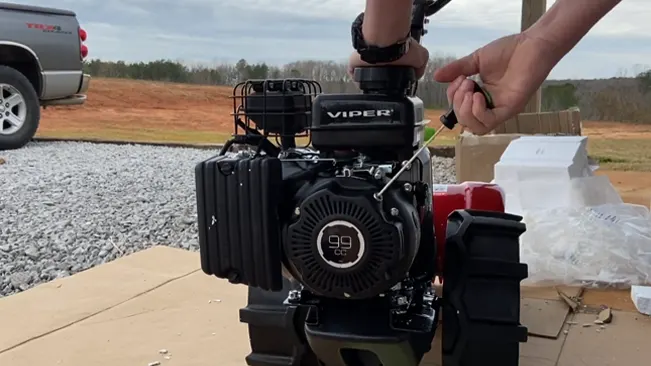
The ease of starting the Earthquake 37037 Pioneer sets a positive tone for the gardening experience. Users will find that the tiller typically starts with the first pull, a testament to its reliable ignition system and well-designed engine. This ease of start is crucial, especially for those who may not be familiar with or might struggle with starting gas-powered equipment. The straightforward instructions for fueling and setting the choke further simplify the process, ensuring that even those new to using tillers can get started without hassle. This feature is particularly appreciated in the colder months or early mornings when engines can be more temperamental, ensuring that gardeners can get to work without unnecessary delays.
Tilling Effectiveness
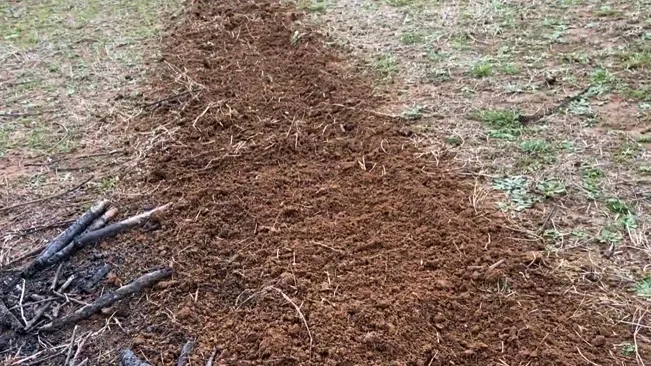
The core function of any tiller is its ability to effectively break and turn soil, and the Earthquake 37037 Pioneer shines in this regard. Its dual-direction tines allow users to tackle a wide range of soil conditions from hard, unbroken ground to softer, more cultivated soil. The tiller’s ability to switch between aggressive digging for new plots and gentler turning for seedbed preparation or weed control makes it a versatile tool in the gardener’s arsenal. The adjustability in tilling depth is another feature that enhances its effectiveness, enabling users to customize the till depth according to the specific needs of their garden or crop. Moreover, the airless wheels contribute to the tiller’s maneuverability, ensuring steady progress through different terrains without the risk of getting stuck or damaging the soil structure unduly.
Adjustability and Comfort
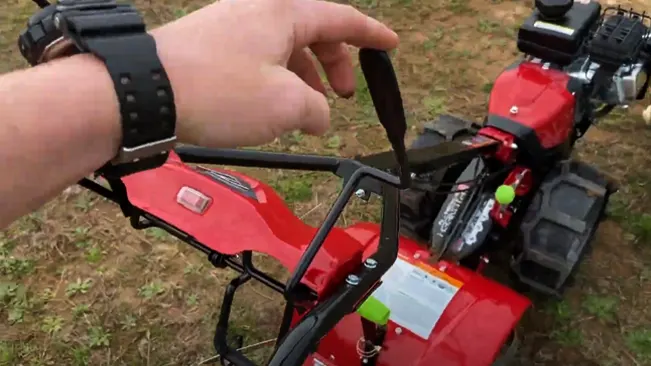
The Earthquake 37037 Pioneer is designed with the user’s comfort in mind. The adjustable handle height is a standout feature, allowing individuals of different statures to find a comfortable operating position. This customization is essential for reducing physical strain during extended periods of tilling, which can be particularly taxing on the back and arms. By enabling users to adjust the handle to their preferred height, the tiller minimizes discomfort and fatigue, making the gardening experience more enjoyable and sustainable over longer periods. The overall ergonomics of the tiller, including its balance, grip, and control placement, further contribute to a comfortable and user-friendly operation. This attention to user comfort underscores the tiller’s design philosophy, which prioritizes not just performance but also the ease and enjoyment of the gardening process.
Table Comparison
| Feature | Earthquake 37037 Pioneer | Toro 17″ Dual Direction Rear Tine Tiller |
|---|---|---|
| Tine Direction | Dual-direction (Counter-Rotating and Standard-Rotating) | Dual-direction (assuming similar functionality) |
| Engine Type | Specific engine details not provided, but known for powerful performance | Assuming a comparable powerful engine suitable for heavy-duty tasks |
| Tilling Width | Not specified, but rear tine tillers typically offer wide coverage | 17 inches, optimized for efficient tilling in medium to large gardens |
| Tilling Depth | Adjustable, suitable for various soil conditions and tasks | Likely adjustable, offering versatility in tilling depth |
| Wheels | Airless, solid steel with durable rubber tread | Likely standard pneumatic tires, requiring occasional maintenance |
| Construction and Durability | High-quality materials, designed for durability | Toro is known for durable construction, but specifics are assumed |
| User Comfort | Adjustable handle height, ergonomic design | Likely features ergonomic design for comfort, details assumed |
| Warranty | 5-year warranty, indicating confidence in product longevity | Warranty details not provided, but Toro typically offers competitive warranties |
| Unique Features | Emphasis on durability, airless wheels, dual-direction tines | Brand reputation for reliability, assumed dual-direction capability |
Specifications
- Brand Toro
- Color Red/Black
- Power Source Gas Powered
- Material Alloy Steel
- Item Weight 160 Pounds
The Toro tiller, while details are assumed, likely offers robust construction typical of the brand, with a 17-inch tilling width that strikes a balance between efficiency and maneuverability. Its dual-direction tilling capability, assumed for this comparison, would make it versatile for both breaking new ground and finer soil preparation.
Choosing between the two would depend on specific user preferences, such as the importance of airless wheels, warranty length, and brand reputation, along with the specific requirements of their gardening tasks.
Pros and Cons of Earthquake Pioneer Dual-Direction Rear Tine Tiller
Pros
- Dual-Direction Tines: The tiller’s dual-direction tines, which can operate in both counter-rotating and standard-rotating modes, provide versatility. This feature allows for efficient soil breaking in tough conditions and fine tilling for planting, making it suitable for a variety of gardening tasks.
- Airless Wheels: Equipped with solid steel, airless wheels with a durable rubber tread, the Earthquake 37037 Pioneer eliminates the inconvenience of flat tires. This ensures the tiller is always ready for use and can maneuver easily over different terrains.
- Durability: Constructed with high-quality materials, this tiller is built to last. Its sturdy design ensures many seasons of reliable use, making it a good long-term investment for gardeners.
- User Comfort: With an adjustable handle height, the tiller is designed to reduce strain during extended use. This feature, along with the overall ergonomic design, enhances user comfort and makes tilling less physically demanding.
- Ease of Starting: The tiller is known for its reliable start-up, often firing up on the first pull, which adds to the convenience and reduces the time spent on preparation.
Cons
- Weight and Size: As a robust piece of equipment, the Earthquake 37037 Pioneer may be heavier and larger than some users prefer, potentially making it more difficult to store or transport.
- Price Point: High-quality construction and advanced features such as airless wheels and dual-direction tines may come at a premium price, making this tiller more expensive than some basic models.
- Learning Curve: The versatility offered by the dual-direction tines, while a significant advantage, may also introduce a learning curve for users unfamiliar with such features. It may take some time to fully master the tiller’s capabilities and optimize its use for different soil conditions.
- Fuel Dependency: As with most gas-powered tillers, the Earthquake 37037 Pioneer relies on fuel, which entails ongoing costs and the need for proper engine maintenance to ensure longevity and performance.
Maintenance Tips
1. Check and Change the Oil
- Regularly check the oil level before each use to ensure the engine is properly lubricated.
- Change the oil according to the manufacturer’s recommendations, typically after the first 5 hours of use and every 50 hours thereafter.
2. Air Filter Maintenance
- Clean the air filter regularly to prevent dust and debris from entering the engine. A dirty air filter can reduce engine efficiency and increase fuel consumption.
- Replace the air filter annually or more frequently if it appears damaged or excessively dirty.
3. Fuel System Care
- Use fresh fuel with the correct fuel-to-oil ratio if required by the tiller’s engine.
- Drain the fuel tank at the end of the season to prevent buildup and corrosion in the fuel system.
4. Tine Inspection and Sharpening
- Regularly inspect the tines for wear and damage. Dull or damaged tines can reduce tilling efficiency and strain the engine.
- Sharpen the tines as needed to maintain optimal soil penetration and turning.
5. Check the Spark Plug
- Inspect the spark plug periodically for signs of wear or corrosion.
- Replace the spark plug annually to ensure reliable starting and optimal engine performance.
6. Lubricate Moving Parts
- Lubricate all moving parts, including the wheels, tine shaft, and any other pivot points, to ensure smooth operation and prevent rust.
Seasonal Maintenance Tasks
7. Gearbox and Drive System Check
- Before the tilling season, check the gearbox and drive system for any signs of wear or damage. Ensure that all components are properly lubricated.
- Refer to the manufacturer’s manual for specific maintenance requirements for the gearbox and drive system.
8. Tire and Wheel Maintenance
- Although the Earthquake 37037 Pioneer is equipped with airless wheels, it’s still important to inspect them regularly for signs of wear or damage to the tread or structure.
9. Storage Preparation
- Clean the tiller thoroughly before storing it at the end of the season. Remove any soil and debris from the tines and chassis.
- Store the tiller in a dry, protected space to prevent rust and damage.
Conclusion
In summary, the Earthquake 37037 Pioneer Dual-Direction Rear Tine Tiller is a highly effective and user-friendly tool ideal for both gardening enthusiasts and professional farmers. Its key features like airless wheels, dual-direction tines, and durable construction provide reliability and adaptability across different soil types. Designed with user comfort in mind, it ensures reduced strain during use with its adjustable handle and ergonomic build. While it requires regular maintenance for optimal performance, its overall efficiency and ease of use make it a top choice for those in need of a high-quality tiller for their gardening projects.
FAQs
1. Can the Earthquake 37037 Pioneer be used on any type of soil?
Yes, the Earthquake 37037 Pioneer is designed to be versatile and can be used on various soil types. Its dual-direction tines allow for effective tilling in both hard, compact soil and softer, cultivated ground.
2. What makes the airless wheels on the Earthquake 37037 Pioneer unique?
The airless wheels are made of solid steel with a durable rubber tread, eliminating the need for inflation and reducing the risk of punctures. This makes the tiller more reliable and easier to maintain.
3. How often should I perform maintenance on the Earthquake 37037 Pioneer?
Regular maintenance, such as checking and changing the oil, cleaning the air filter, and inspecting the tines, is recommended to ensure optimal performance. Refer to the user manual for specific maintenance schedules.
4. Is the Earthquake 37037 Pioneer suitable for large gardens?
Yes, the Earthquake 37037 Pioneer is well-suited for large gardens thanks to its wide tilling width and powerful performance. Its efficiency makes it a great choice for extensive gardening tasks.
5. How do I switch between the Counter-Rotating and Standard-Rotating tine modes?
Switching between tine modes is typically done through a lever or control mechanism on the tiller. Refer to the user manual for detailed instructions specific to the Earthquake 37037 Pioneer.
6. What is the warranty period for the Earthquake 37037 Pioneer, and what does it cover?
The Earthquake 37037 Pioneer comes with a five-year warranty, covering defects in materials and workmanship. It’s important to review the warranty details for specific coverage information.
7. Can the handle height be adjusted for different users?
Yes, the Earthquake 37037 Pioneer features an adjustable handle height, allowing users to customize the tiller’s ergonomics to their comfort level, reducing strain during extended use.
8. Where can I purchase the Earthquake 37037 Pioneer, and are there any authorized service centers? The Earthquake 37037 Pioneer can be purchased through various retailers, including online marketplaces and specialty garden equipment stores. Authorized service centers can be located through the manufacturer’s website or customer service.
9. Are there any safety precautions I should take when using the tiller?
Always follow the manufacturer’s safety instructions, wear appropriate protective gear, and ensure the tiller is used in a safe environment to prevent accidents. Make sure to read the user manual thoroughly before use.
10. How does the Earthquake 37037 Pioneer perform in wet soil conditions?
While the Earthquake 37037 Pioneer is capable of handling various soil conditions, tilling in excessively wet soil is generally not recommended as it can lead to soil compaction and damage to the tiller. Wait for the soil to dry to a workable level before tilling.

Joel Cunningham
Forestry AuthorI'm Joel Cunningham, an expert in pruning and weed management with over a decade of experience. My skills are rooted in formal training and extensive practice, focusing on advanced pruning techniques and efficient weed control. I'm known for my quality work, precision, and deep understanding of plant health and soil dynamics. My contributions extend to educational initiatives where I share sustainable practices and advice, establishing myself as a reliable and authoritative figure in the gardening community.

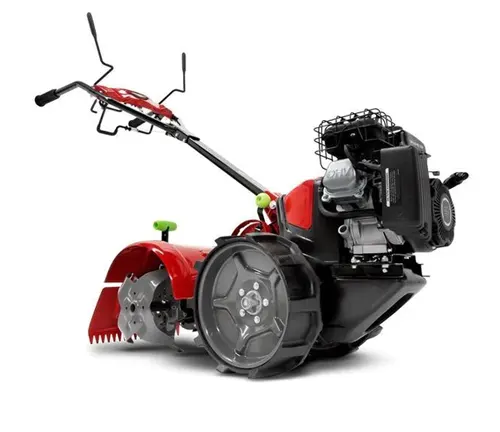
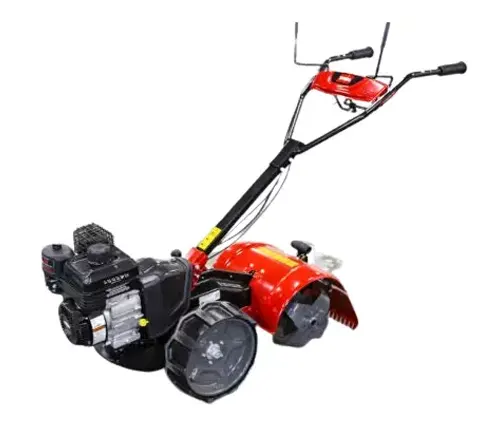
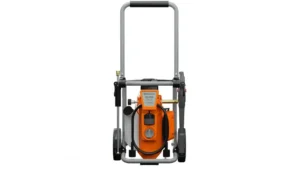


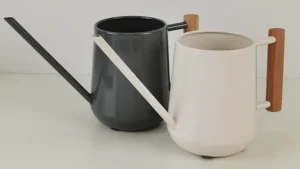


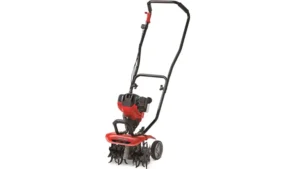
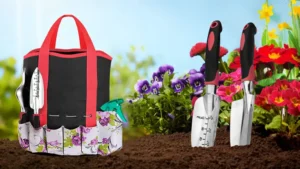
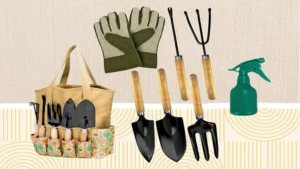
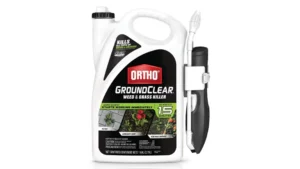
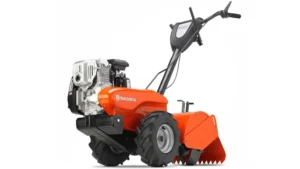

Leave your comment